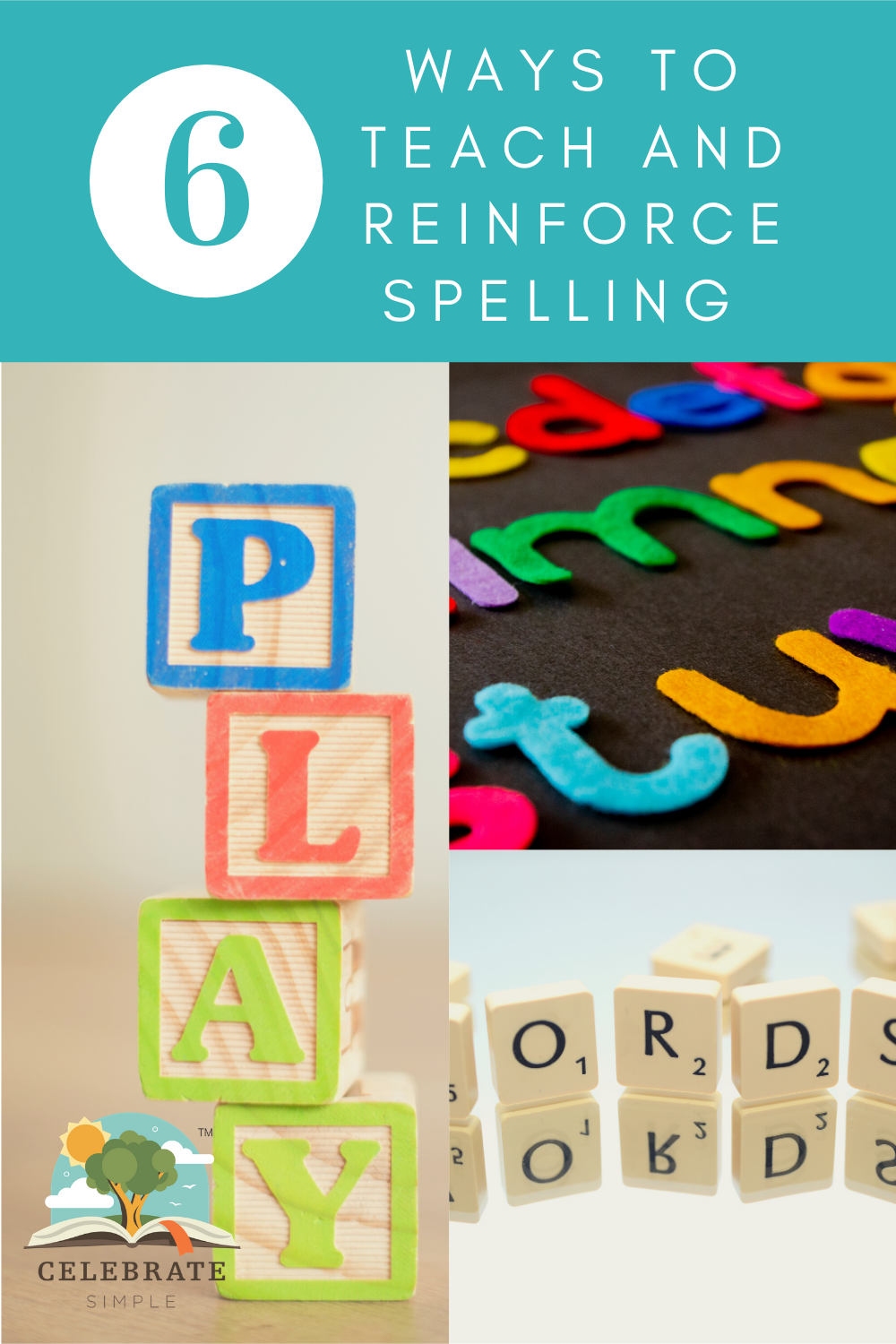When Learning Doesn't Have a Paper Trail
/Learning is often measured in paper. Thirty-problem speed drills. Handwriting practice sheets. Chapter tests. Lab reports. Paragraph summaries. In and of themselves, these items aren't terrible or wrong. They have their place. However, valuable learning also takes place when there are no visible, tangible traces, especially when teaching young children.
Last spring, we had one of those weeks where significant educational progress was made but not all our activities could not be measured in paper. Our experiences were stellar and our children talked about them with joy and amazing recall. They were life-impacting and applicable. Learning took place, but we didn't have sheets and sheets of paper to prove our efforts. Here’s a glimpse into some of the learning fun we had during the course of the week.
reviewed number recognition, numbers 1-75, while playing BINGO with great-grandma
sorted, counted, and rolled coins (collected in the family change jar for our anticipated family night out)
played the Pizza Fraction Fun game several times and then the younger children cared the pieces off to play “restaurant”
weighed potatoes and onions on a kitchen scale and compared the weights
made figures with tangrams (geometry)
played Scrabble with older learners for spelling
wrote letters (olders wrote their spelling words) on the driveway with sidewalk chalk
retold a story we heard someone else tell and then discussed how point of view and experiences determine potential bias
read three picture books: Blueberries for Sal, Caps for Sale, and The Raft
read a recipe, followed directions, and measured ingredients
listened to Jim Weiss stories on CD
spelled three- and four-letter short vowel words on a whiteboard
listened to The Tale of Two Cities and The Adventures of Huckleberry Finn (audio books enjoyed by older learners)
reviewed state abbreviations while driving to grandma's house
watched bees pollinate flowers
assembled a floor puzzle of the United States
listened to me read Meet the Pilgrim Fathers by Elizabeth Payne to the youngest learners
learned body systems and their functions while listening to Lyrical life Science: Human Body
discussed the nutritional content of three types of cereal by comparing labels; discussion of fats, sugar, and minerals
cared for the neighbor's dogs and evenly distributed the money earned with the children who participated
Children were engaged. Learning occurred. There was not a traditional paper trail for these activities. Much of the evidence resided in the minds of my children.
How did we document our learning?
We kept a resource list of books we read, recorded the activities on our log, and took pictures of the whiteboard, tangram creations, games, and completed puzzle.
What I loved most about our week was that we learned together. We were relaxed and enjoyed our conversations. As I read, the children asked questions and we added to our vocabulary. When we needed to be outside, we went. There was joy.
Our learning was
Intentional. Real. and Relational.
And, it mattered.
















